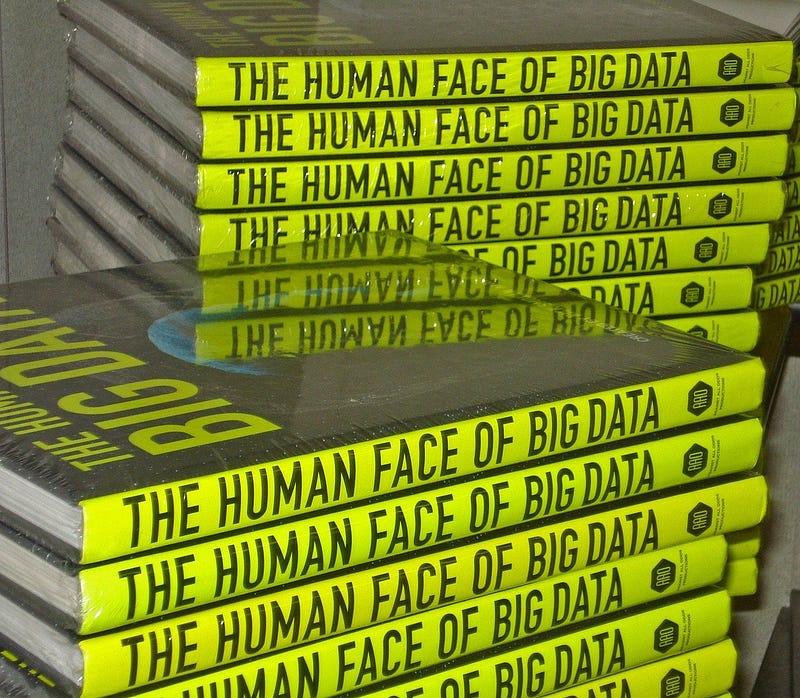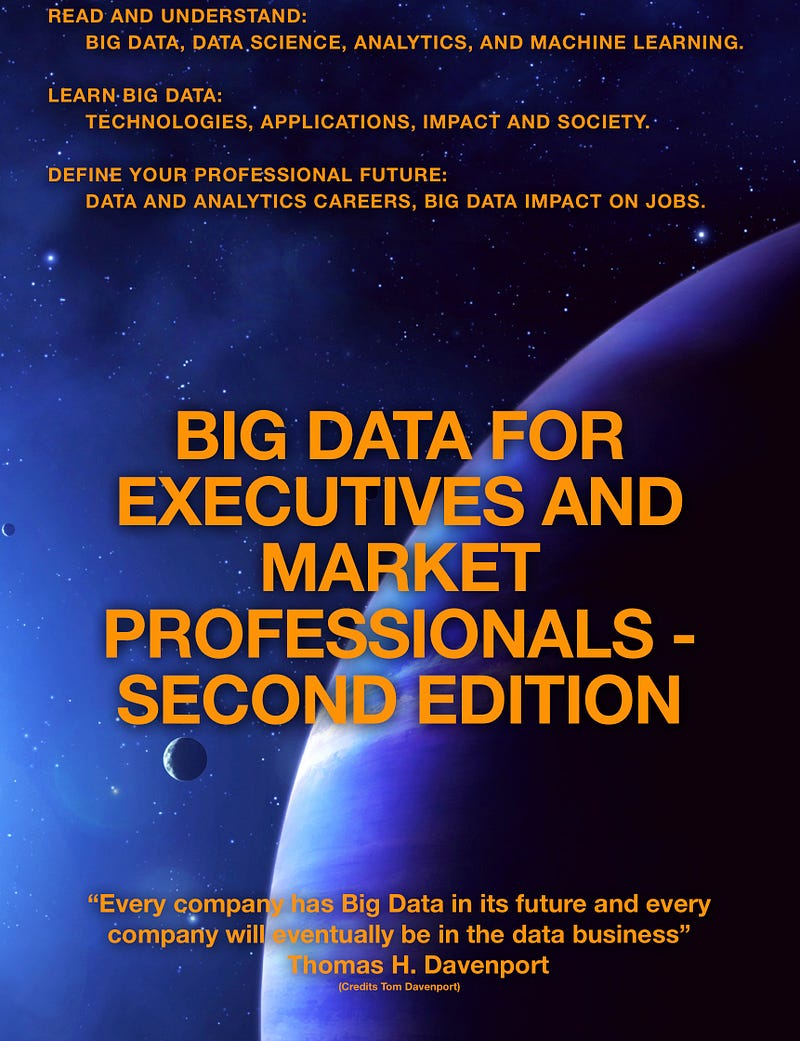Unlocking the Secrets of Big Data: The 5 V's Explained
Written on
Chapter 1 Understanding the 5 V's of Big Data
Big Data technology has transformed how we handle vast amounts of information. The key attributes that define Big Data are referred to as the V's of Big Data. The five most recognized ones are Volume, Velocity, Variety, Veracity, and Value.
Volume
The sheer quantity of data is staggering. We frequently discuss data in terms of TeraBytes, PetaBytes, and increasingly, ExaBytes. It is estimated that approximately 250 ExaBytes of data circulate on the Internet today.
Velocity
This refers to the speed at which data is generated, shared, stored, and analyzed. Real-time processing is a critical aspect, allowing immediate insights. For example, when you send an email, it is instantly received by the recipient. Similarly, healthcare professionals can monitor patients in real time, viewing cardiological data instantly.
Variety
Data comes in numerous formats and types, making it essential for effective analysis. For instance, satellite data vastly differs from social media content from platforms like Twitter or Facebook.
Veracity
This aspect pertains to the quality, authenticity, and reliability of the data. It is vital for organizations to ensure that the data being analyzed is both trustworthy and current.
Value
Ultimately, this refers to the insights gained. Were the right questions answered? Did the results provide meaningful benefits to the organization? What tangible value did the data bring?
Section 1.1 Examples of Big Data V's
Big Data encompasses additional V's, such as Visualization and Variability, which are still emerging concepts. Here are some examples illustrating the five V's:
- Velocity and Veracity: Millions of users engage with platforms like Twitter and Instagram, resulting in rapid data streams directed to servers. This data is often geolocated, though sometimes inaccurately.
- Variety and Volume: Platforms like Skype handle a multitude of file types, including text, audio, and video, contributing to substantial data diversity and volume.
- Volume, Velocity, Variety, and Veracity: Amazon, the largest online retailer globally, processes vast transactions and diverse products in brief periods. Its data mining techniques leverage customer information and online behaviors to enhance product recommendations.
Curiously, on Black Friday, Amazon sold an astounding 140 million items in just one day. In urban areas like London and New York, extensive surveillance systems generate massive data volumes. Additionally, modern vehicles are equipped with around 100 sensors that provide real-time data to assist drivers. By 2020, it is projected that over 40 ZettaBytes of data will be created globally, with daily data generation reaching 2.5 quintillion Bytes.
Section 1.2 The Importance of Veracity

Veracity (credits pixabay)
Companies must transform data into a competitive edge, creating significant business impact. A critical component is Veracity—coined by IBM to denote data reliability.
In many cases, data is accurate and dependable; however, uncertainties surrounding data integrity can hinder Big Data initiatives. Maintaining principles of quality, cleanliness, management, and governance is crucial.
The challenges affecting data integrity often stem from:
- Inaccurate data sources
- Software errors
- Statistical biases
- Equipment malfunctions
- Inadequate security measures
- Falsified information
- Human errors and inaccuracies
A proficient Data Scientist recognizes that no analysis is viable without high-quality data, often dedicating up to 75% of their time to data preparation to ensure reliability.
Curiously, one in three leaders expresses doubt about the data used for decision-making. Poor data quality in analytical projects costs the U.S. economy approximately $3.1 trillion. With an estimated 40 ZettaBytes of data expected to be produced by 2020, how much of that will lack veracity?
Section 2 The Human Impact of Big Data

Human Impact of Big Data (credits pixabay)
What is the human impact of Big Data? Can it enhance lives and address global challenges like disease, hunger, and pollution? Some notable areas of impact include:
- Health and Longevity: Utilizing wearables to monitor health, online elderly care, genomic mapping, and predictive alerts for diseases. Machine learning is revolutionizing cancer diagnosis and patient profiling, significantly reducing costs.
- Space Exploration: Collecting vast amounts of data from space probes, satellites, and telescopes to deepen our understanding of Earth and beyond.
- Transportation: Autonomous vehicles have the potential to drastically reduce the annual fatalities caused by human error on the roads.
Big Data influences various sectors, including education, marketing, crime prevention, economics, sports, finance, retail, and science, making a significant societal impact.
Curiously, the book and DVD "The Human Face of Big Data" aim to highlight the human aspects of this technology, suggesting its potential to impact society significantly more than the Internet. Bernard Marr, a prominent author and consultant on Big Data, has published numerous works on the subject, including "Data-Driven HR," focusing on data analysis to enhance human performance.
Support the Author’s work and Subscribe to email updates.

More information about this article
This article is adapted from the book "Big Data for Executives and Market Professionals — Second Edition".
Chapter 3 The 5 V's of Big Data in Depth
The first video, titled "The 5 V's of Big Data," provides an insightful overview of each characteristic, enhancing your understanding of Big Data dynamics.
The second video, "The Five V's of Big Data," dives deeper into how these elements interact and affect data strategies in organizations.